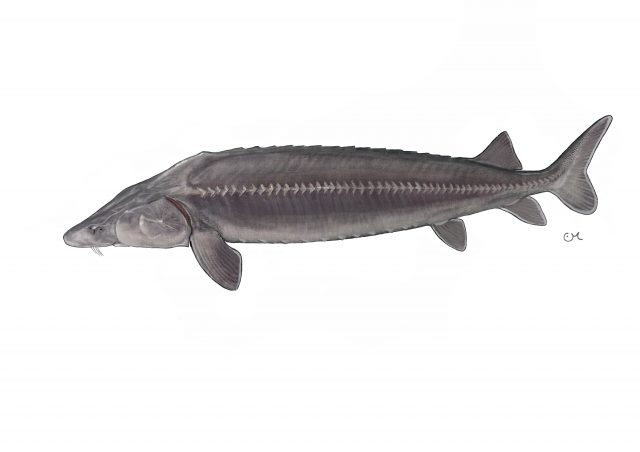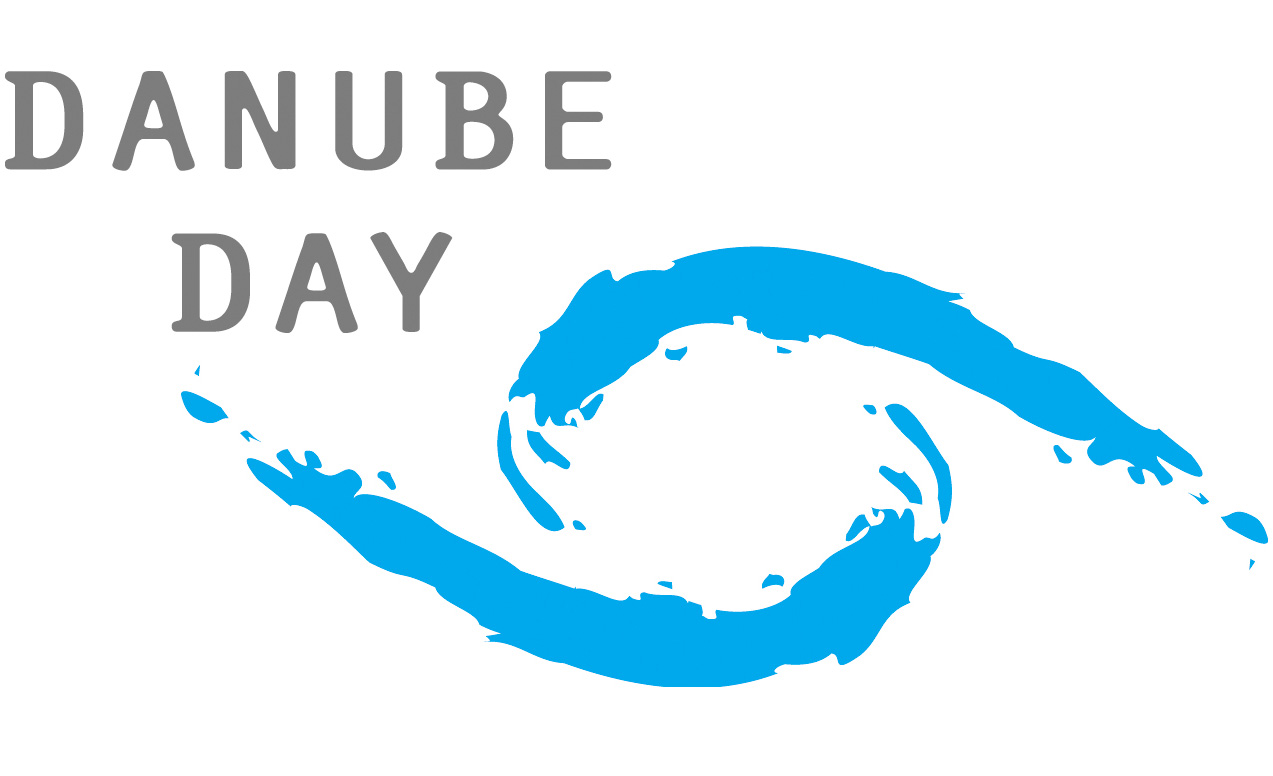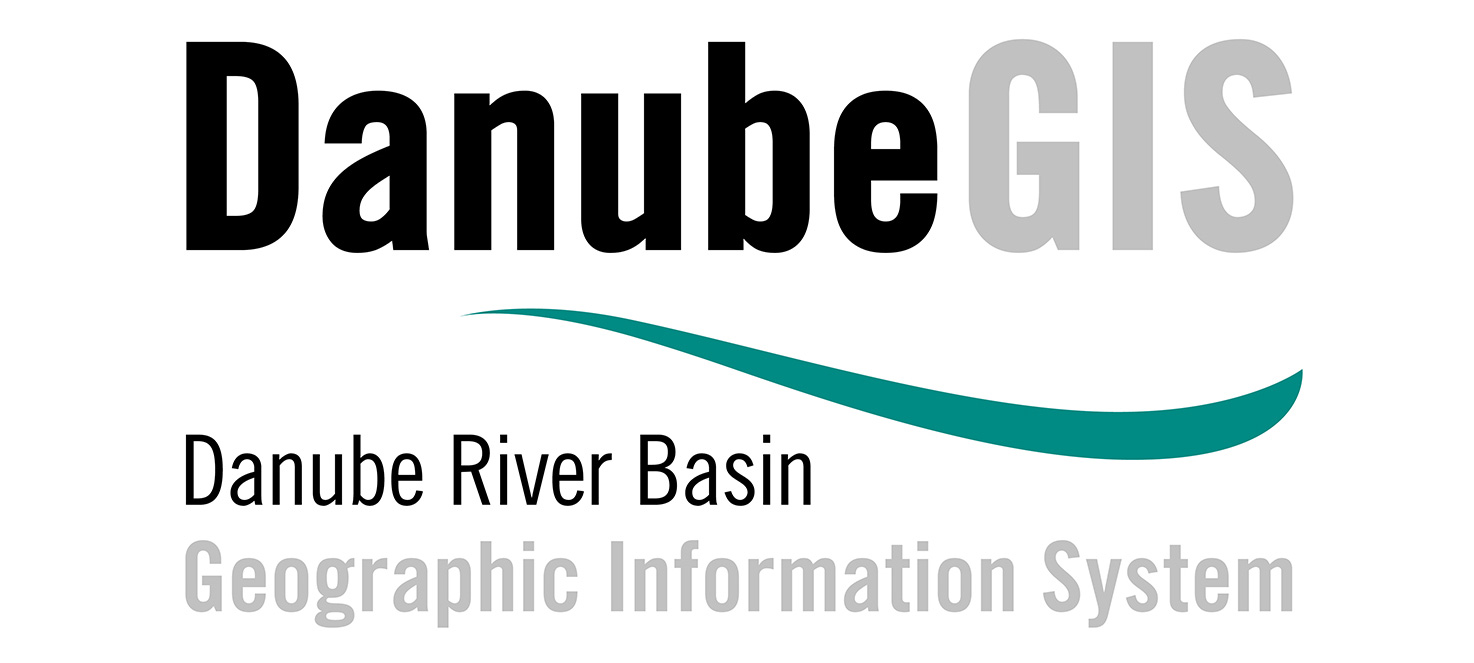Ship Sturgeon Once Thought Extinct Confirmed in the Drava River
A remarkable discovery has been made in the Drava River: an angler in Croatia recently caught a ship sturgeon (Acipenser nudiventris), a species long believed to be extinct in the Danube River Basin. Measuring 176 centimetres and weighing 35 kilograms, the fish was safely released back into the river after being identified by local authorities. The sighting is encouraging as it marks the first confirmed record of the species in many decades.

The Drava River is the fourth-largest and fourth-longest tributary of the Danube, linking the Alps with the Danube and, ultimately, the Black Sea. While the river has been extensively regulated—with dams built for hydroelectric power and channels dredged to control its flow—its middle and lower reaches still support unique habitats. These areas are home to diverse flora and fauna, including several endemic species. The Drava is also a cornerstone of the five-country Mura–Drava–Danube Biosphere Reserve, one of Europe’s most vital river corridors for biodiversity. Through the EU LIFE RESTORE project, WWF and 16 partner organisations are working to improve river dynamics and restore habitats that support endangered migratory species such as sturgeons.
Although the rediscovery does not confirm the existence of a stable population, it offers an encouraging sign for ongoing efforts to protect and restore sturgeon species in the Danube River Basin. Ship sturgeon are one of the most threatened migratory fish in Europe, and their survival depends on free-flowing habitats, healthy tributaries, and coordinated conservation across borders.
The ICPDR continues to work with its partners through the Danube Sturgeon Task Force (DSTF), the MonStur project, and broader basin-wide initiatives to improve monitoring, strengthen habitat connectivity, and support long-term recovery of Danube sturgeon species.
This unexpected sighting of the critically endangered fish highlights both the fragility of the Danube’s migratory fish and the importance of continued cooperation to protect the basin’s unique biodiversity.
More information is available here.
Source: DSTF, Editorial: ICPDR





